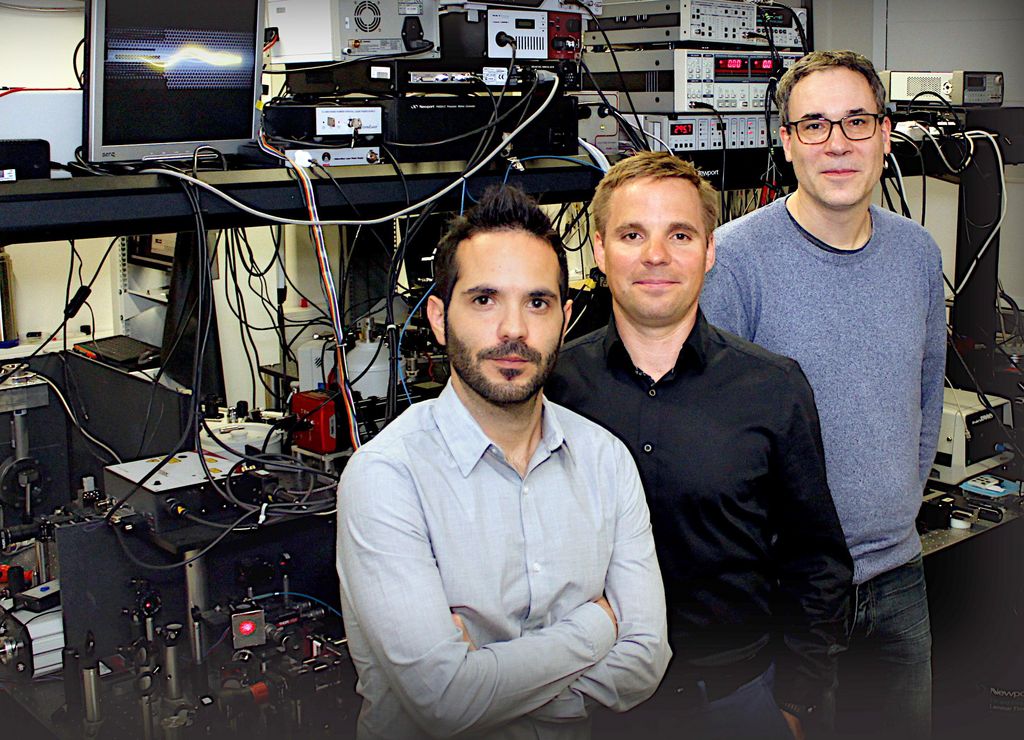Special Lamp
Machines & Processing
Design
Smart Home
Special Lamp
Machines & Processing
Design
Smart Home
A research team at Vienna University of Technology (TU Wien) developed a new kind of LED which generates light from the radiative decay of exciton complexes in extremely thin layers.
Researchers produced what they called as “multi-particle exciton complexes” by applying electrical pulses to extremely thin layers of material made from tungsten and selenium or sulphur. These exciton clusters are bonding states made up of electrons and “holes” in the material and can be converted into light. The result is an innovative form of light-emitting diode in which the wavelength of the desired light can be controlled with high precision. The finding was published in the journal “Nature Communications.”




Working Days 8:30am-5:30pm(GTM+8)
Discover the latest trends of lighting industry
 Copyright © 2025 Jiagle.com Shanghai Sinoexpo Informa Markets International Exhibition Co., Ltd. All Rights
Reserved
Copyright © 2025 Jiagle.com Shanghai Sinoexpo Informa Markets International Exhibition Co., Ltd. All Rights
Reserved 沪公网安备 31010402000543号
沪ICP备05034851号-77
沪公网安备 31010402000543号
沪ICP备05034851号-77